Photos: 4,000-Year-Old Artifacts Found in Swiss Alpine Pass
Uncovered history
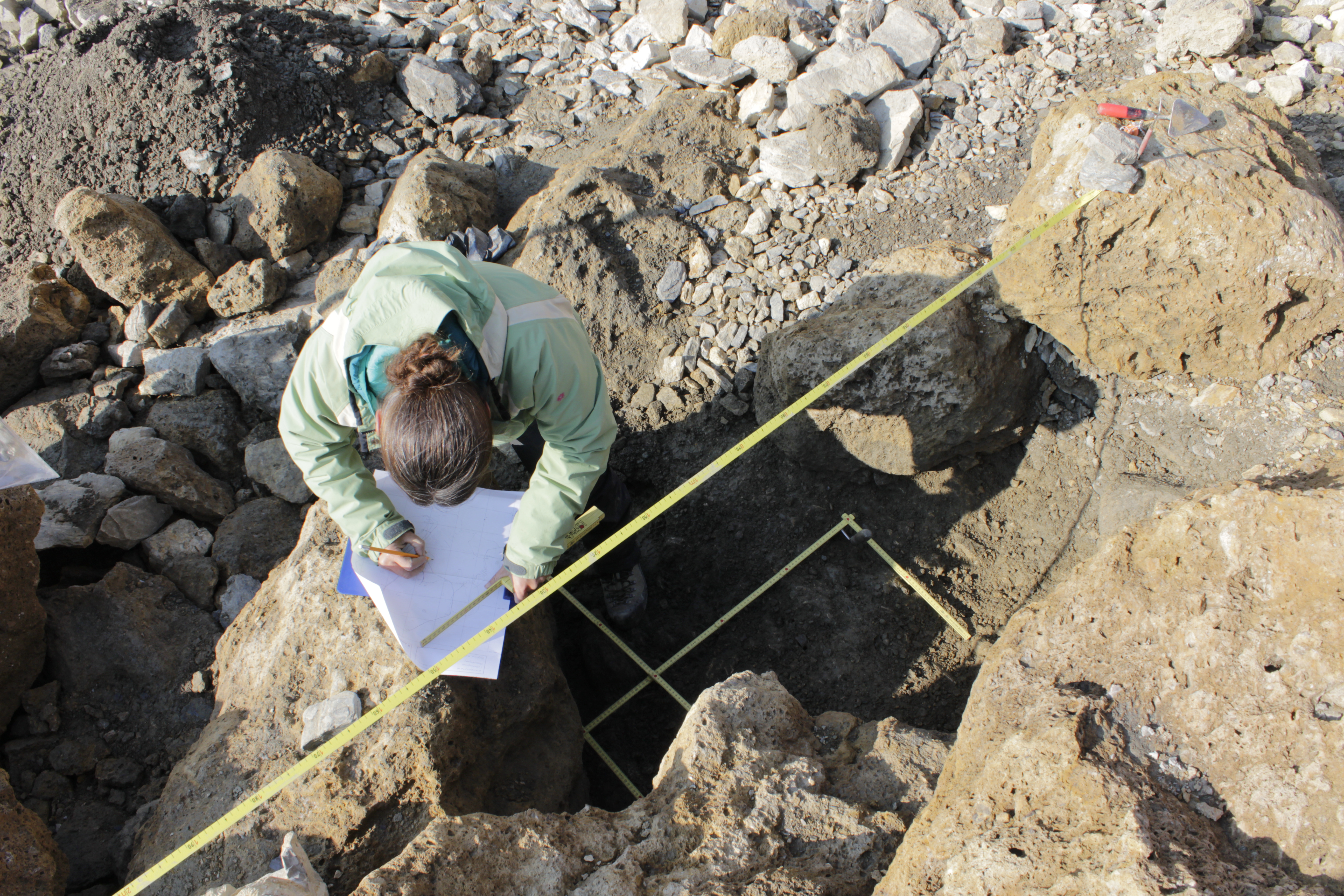
A warm summer in Switzerland recently let archaeologists complete the excavation of Bronze Age artifacts from a site high in the Bernese Alps. The small site is among rocks that are usually covered by a neve, or snow field, beside a glacier near the top of the Lötschberg Pass, or Lötschenpass, at a height of 8,780 feet (2,676 meters) above sea level.
The site was first excavated in 2012, but several years of heavy snow meant that the neve didn't melt enough for archaeologists to finish the dig until September 2017. [Read more about the Bronze Age artifacts found in Switzerland]
Pieces and parts
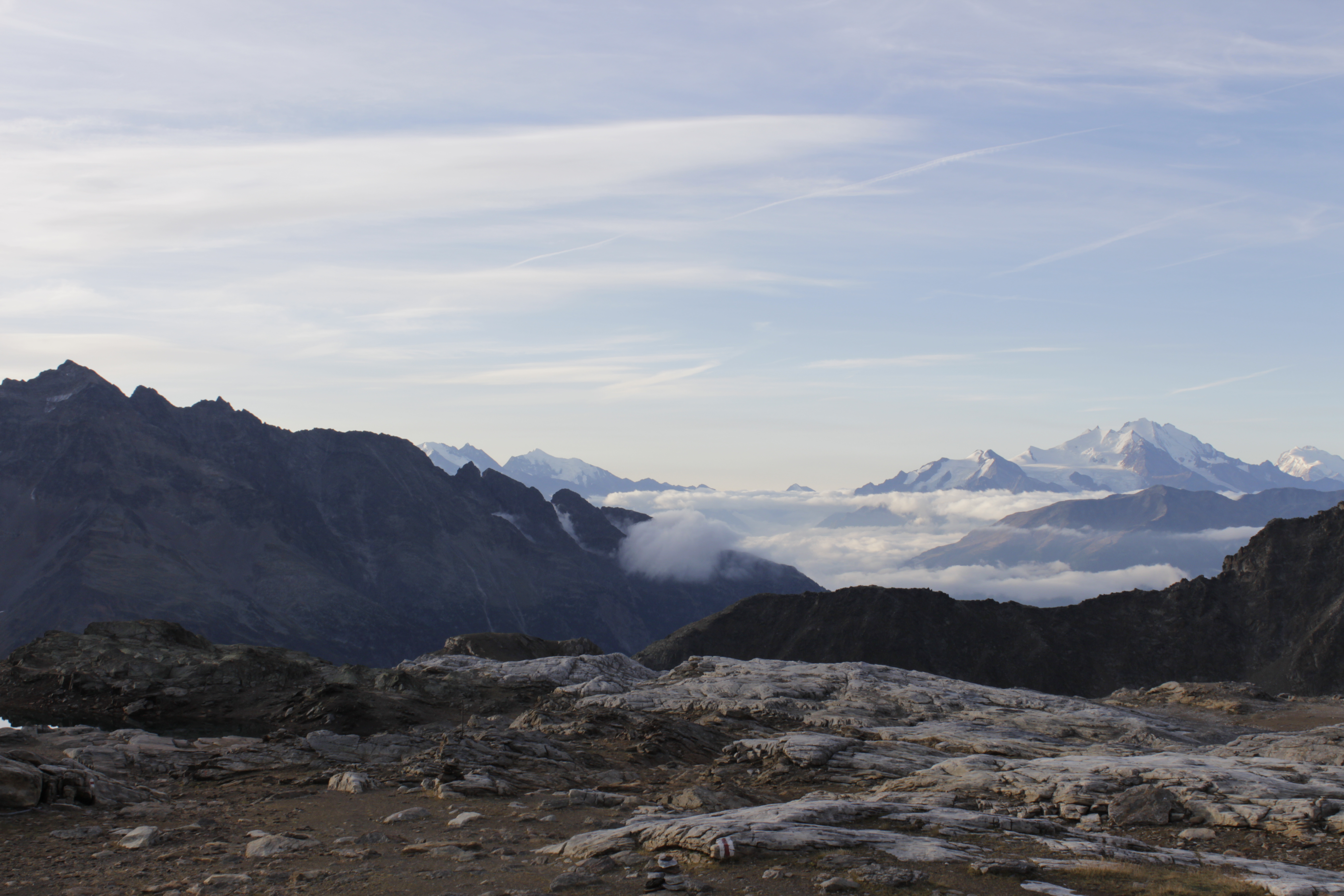
Fragments of ancient leather and wood were first found in a hollow among the rocks near the top of Lötschenpass in 2011, by the warden of a nearby mountain hut. The pass has been used for centuries as a route between the Bernese Oberland to the north and the Valais region to the south, which borders the north of Italy.
Tools from the past
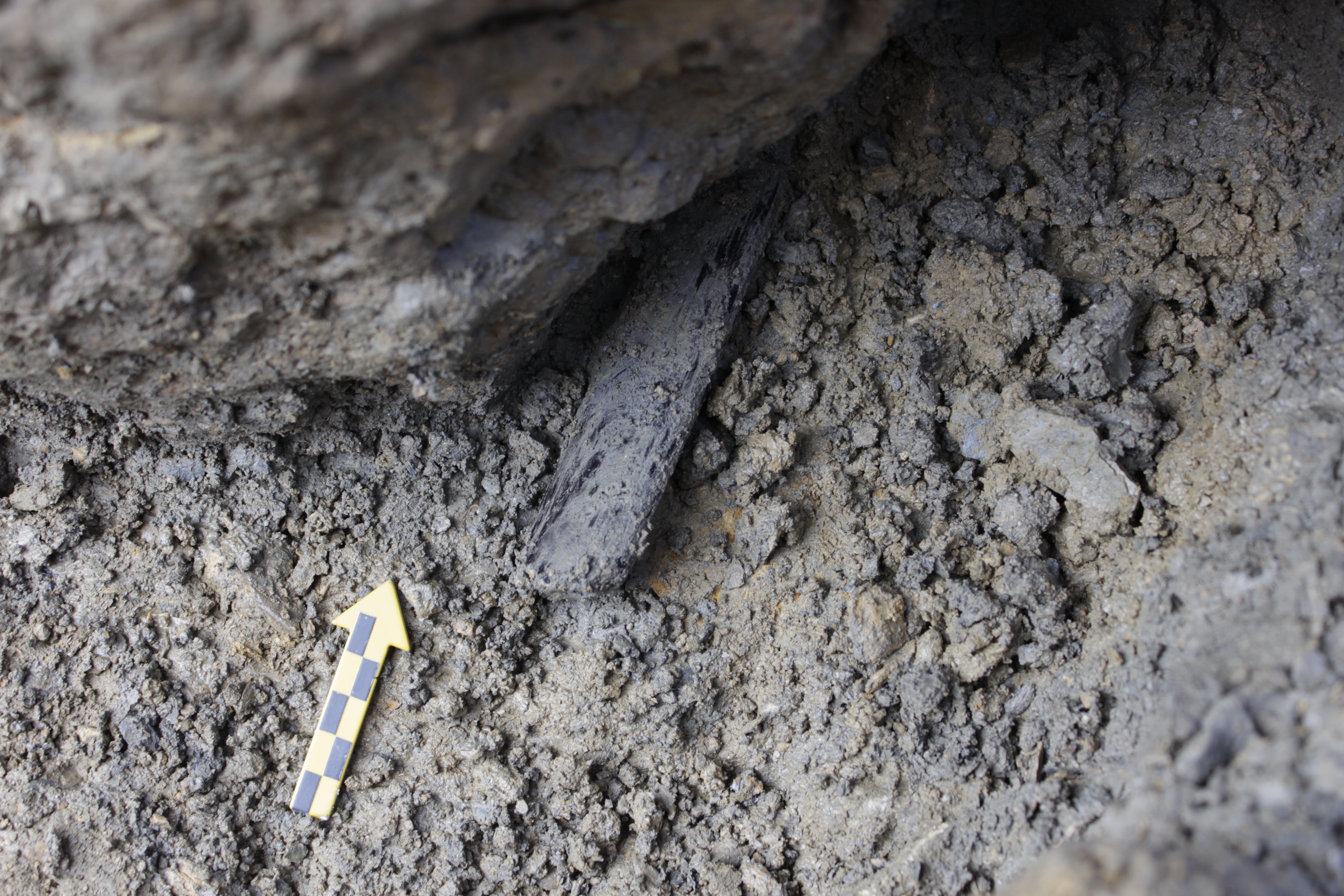
A team from the Archaeological Service of the Canton of Bern that worked at the site in September found several pieces of curved elm wood that have been identified as the remains of a Bronze-Age bow. The researchers also found strips of ancient leather, and a piece of cord made from animal fiber, attached to a button made of cattle horn.
Weapons

Among of the wooden fragments of elm wood are end pieces that have been shaped to hold a bow string. Some of the wood and other items in the assemblage have been carbon dated to between 2000 B.C. and 1800 B.C.
Storage facilities
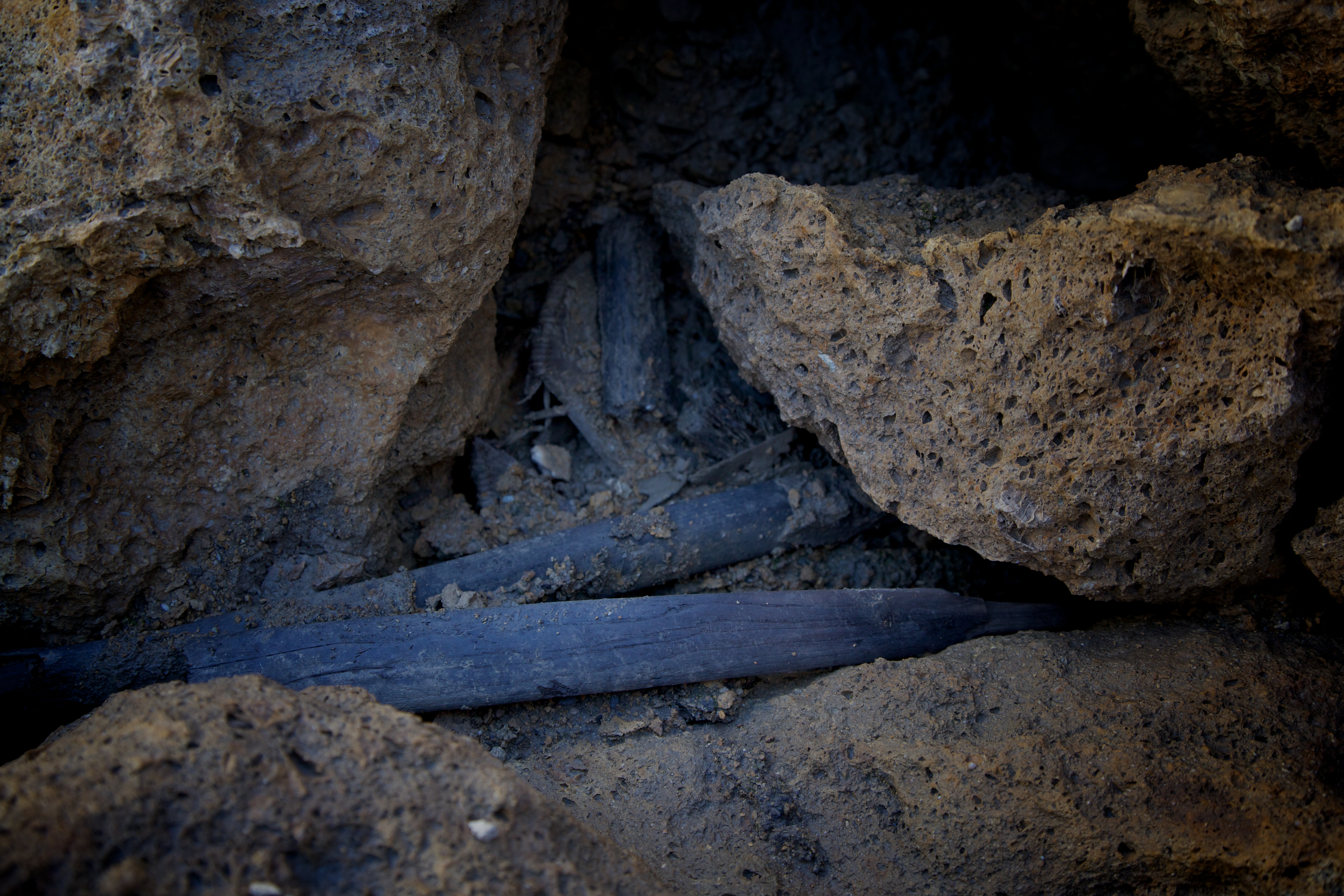
The earlier excavation, in 2012, also found large curved pieces of an elm wood bow, as well as three flint arrowheads, pieces of leather, and the remains of a round wooden box.
Eating utensils
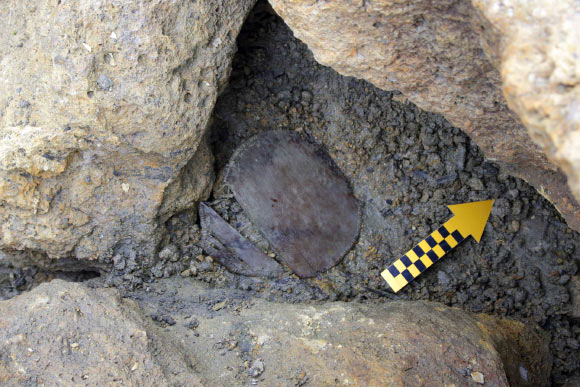
Archaeologist Regula Gubler, of the Bern Archaeological Service, thinks the round wooden box was used to carry dry flour for mixing with water or milk before eating. She said carrying dry flour would be lighter than carrying a finished food product such as bread, and a wooden box would be much lighter than a pottery container, which would have been important considerations for a Bronze Age mountaineer.
Get the world’s most fascinating discoveries delivered straight to your inbox.
Bark bag
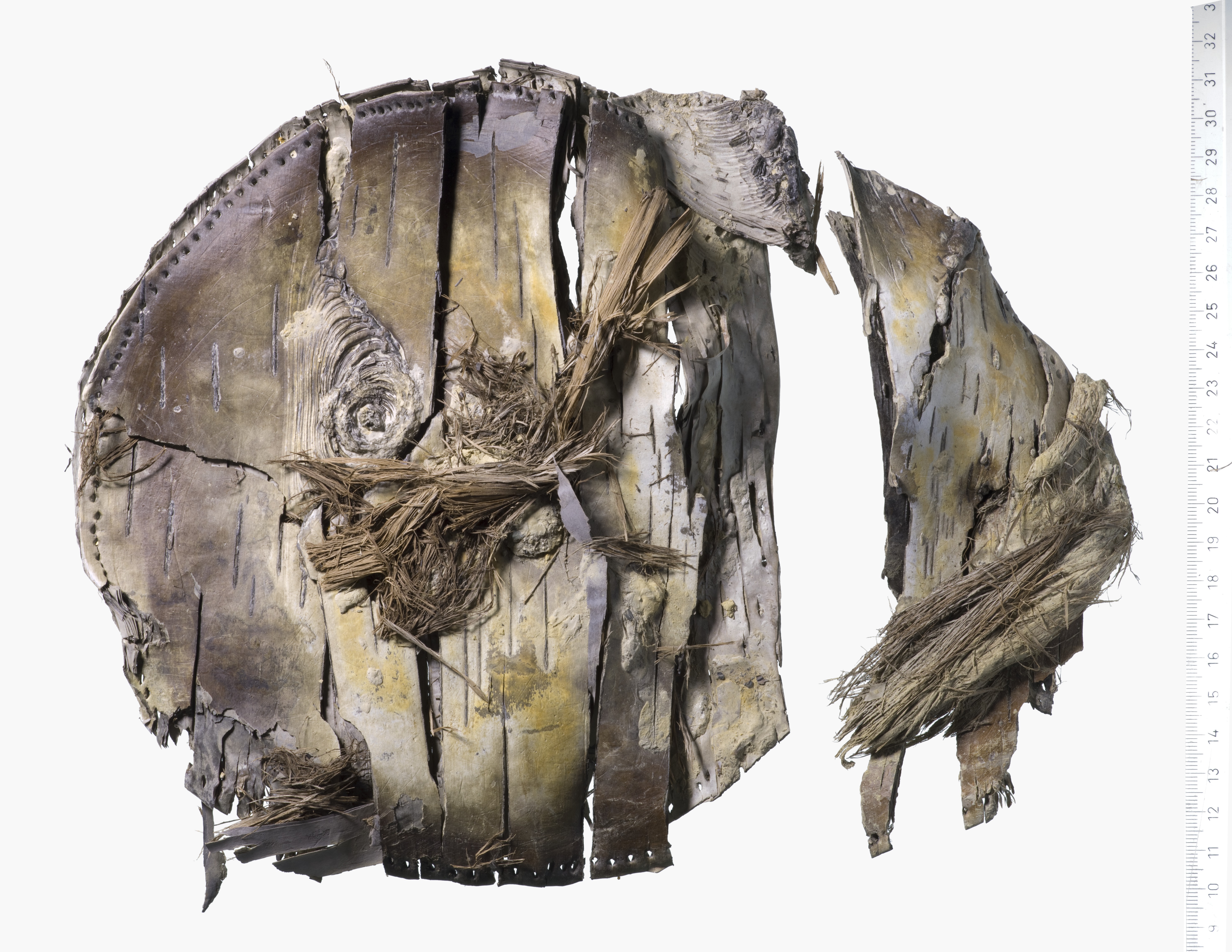
This small bag or case, measuring about 8 inches (20 centimeters) across, was also found among the rocks at the site. It is made from two round pieces of birch bark that were sewn together at the edges. Its purpose is not known.
Taking shelter?
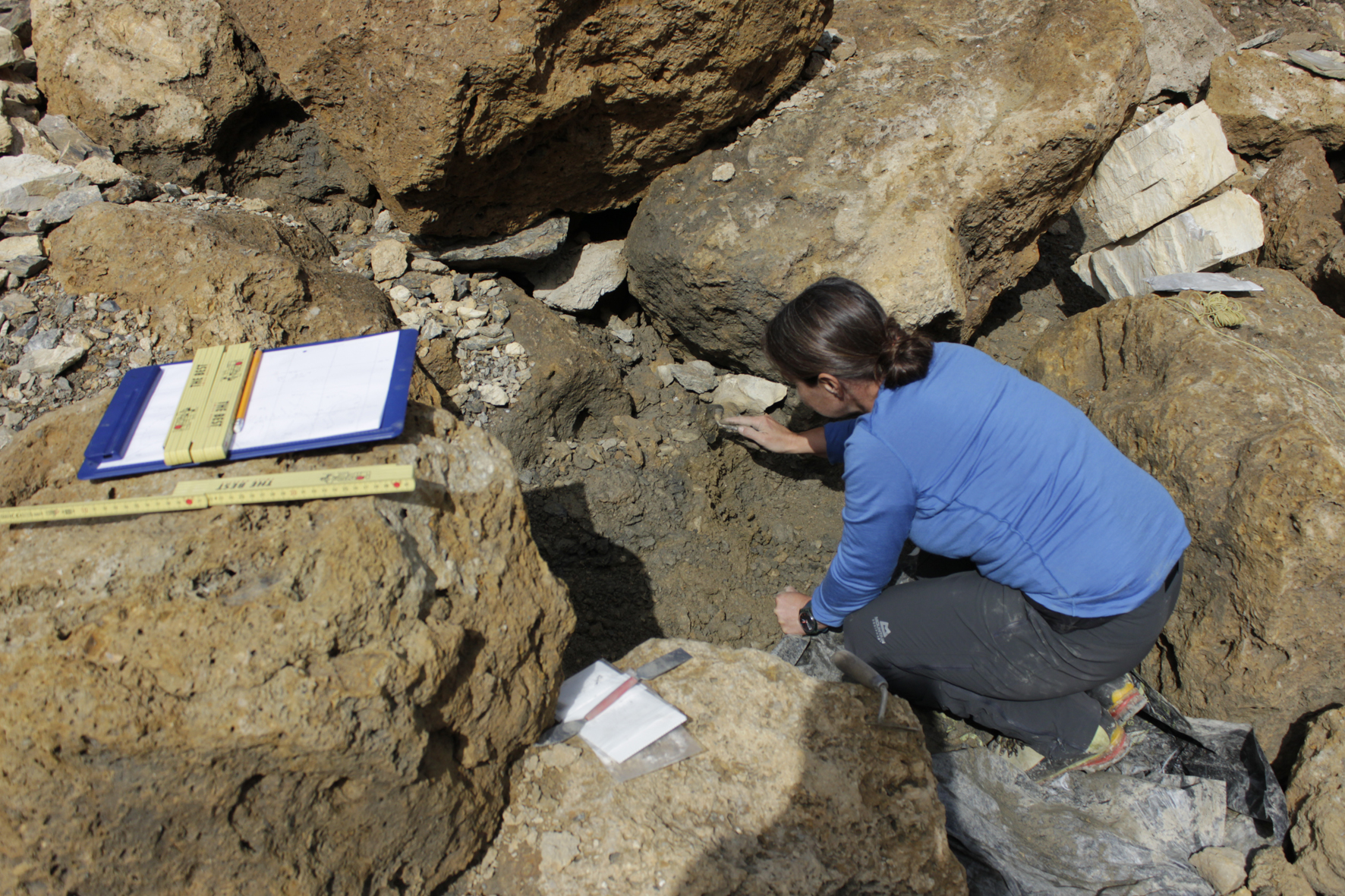
Archaeologist Regula Gubler says the site where the Bronze Age artifacts were found may have been a rock shelter, where ancient mountaineers took cover from strong winds on their way through the pass. She thinks the shelter may have been underneath a very large rock that has since broken away.
Well-worn route
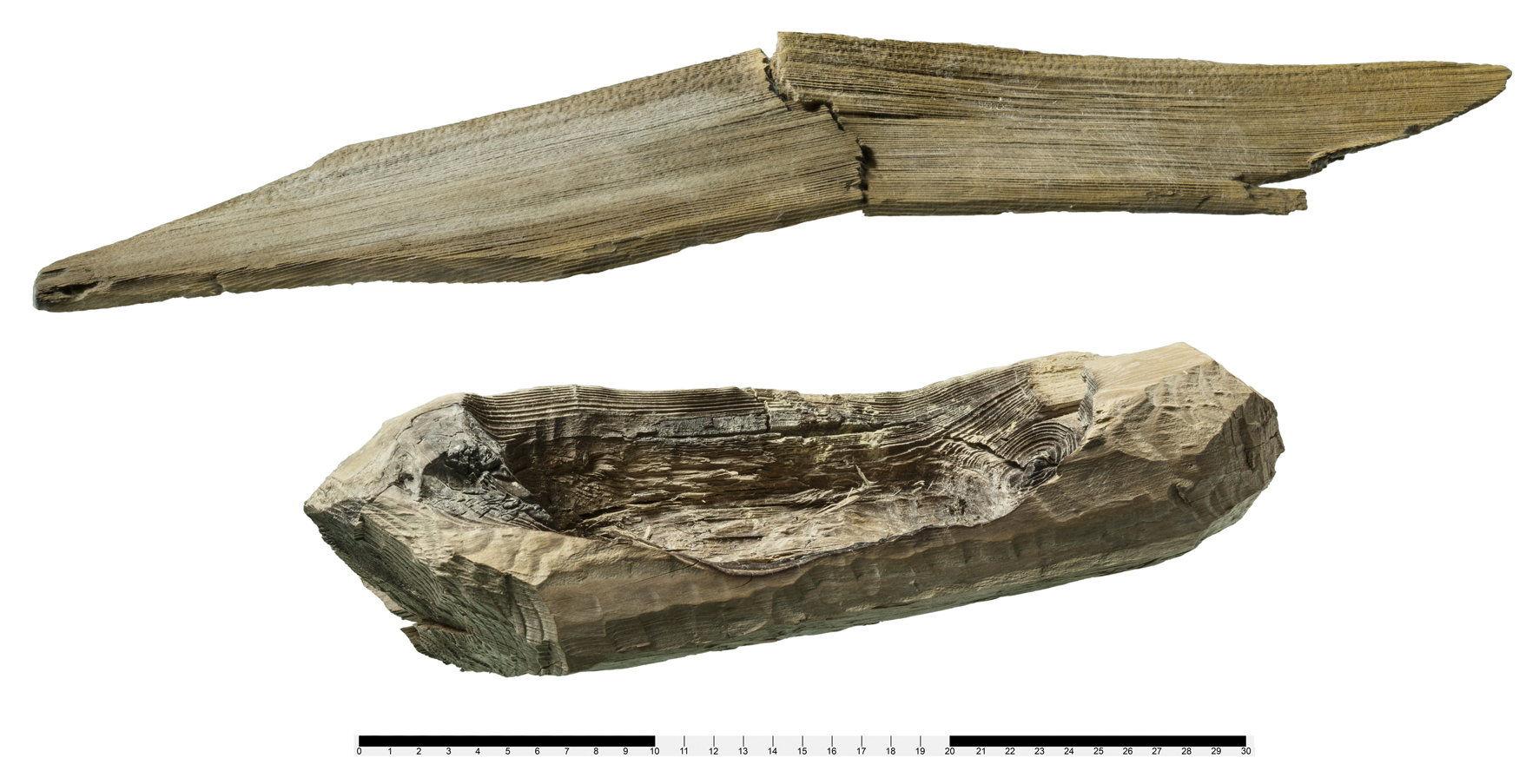
The Lötschenpass has been used for centuries as an important route through Switzerland, from the north and into Italy. In addition to items from the Bronze Age, archaeologists have found artifacts from later ages near the pass, including a shaped wooden stake that dates from the Roman era (top), and a wooden vessel with traces of fire damage that dates from the Iron Age.
Tom Metcalfe is a freelance journalist and regular Live Science contributor who is based in London in the United Kingdom. Tom writes mainly about science, space, archaeology, the Earth and the oceans. He has also written for the BBC, NBC News, National Geographic, Scientific American, Air & Space, and many others.


